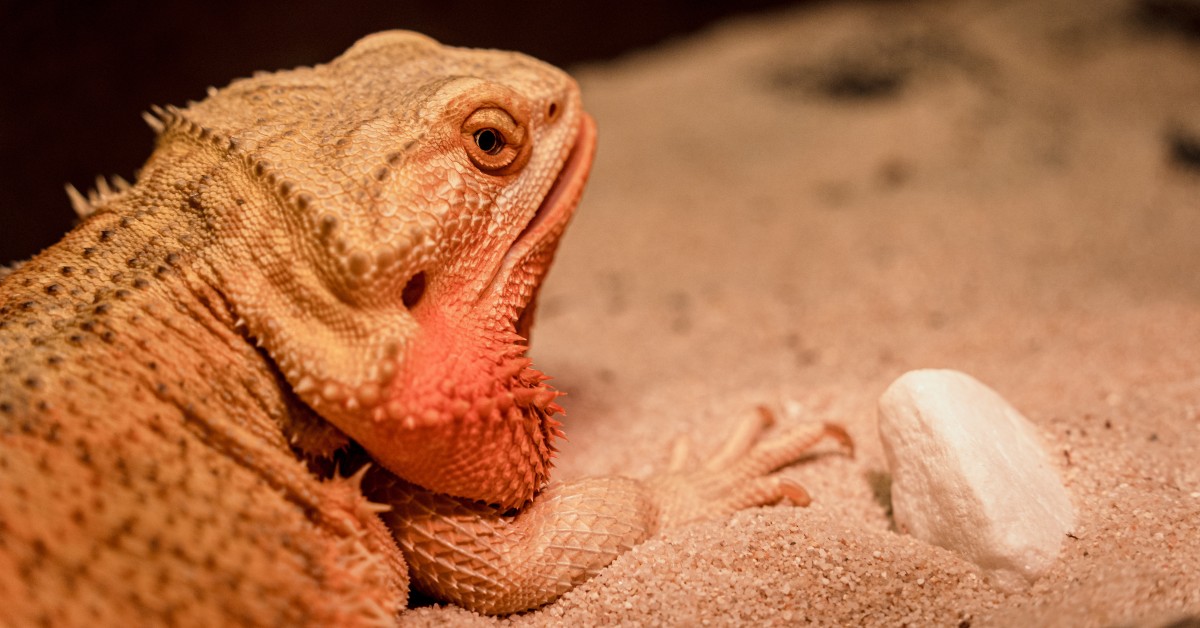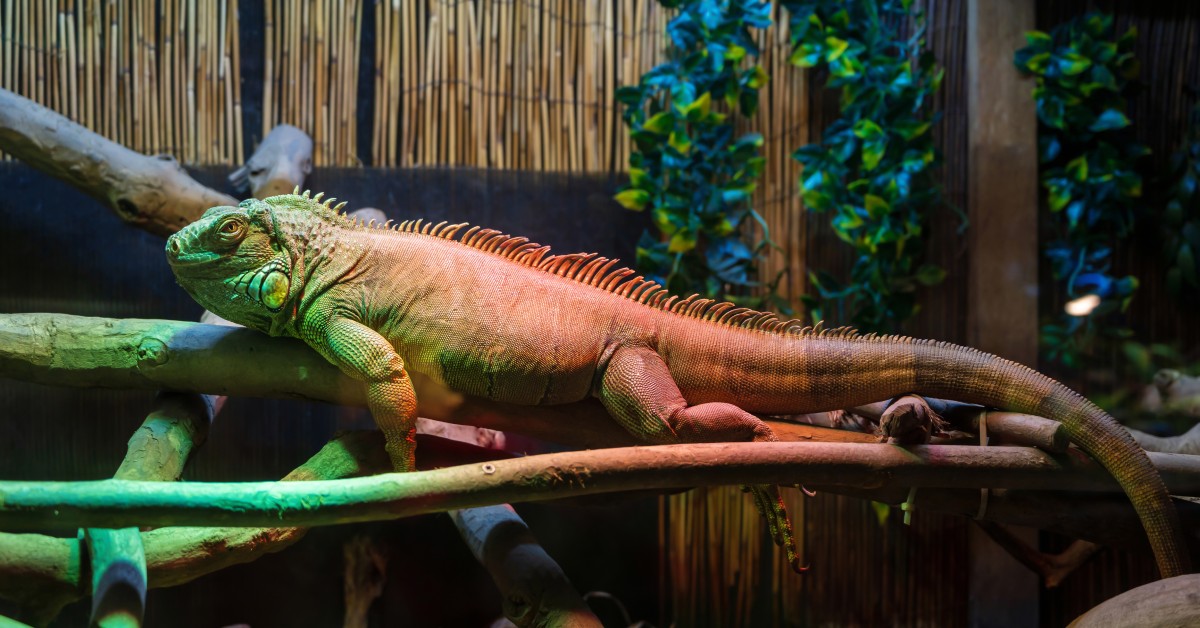10 Species of Geckos That Make Great Pets
Geckos can make fun and fascinating pets and there are many species to choose from.
Geckos are small to medium-sized lizards available in a variety of colors and patterns. While there are over 1,600 different species of geckos across the world, just a handful are kept as pets. Let’s review the most popular pet gecko species:
1. Leopard Geckos
Native to dry and semi-desert areas, the leopard gecko is a hardy reptile known for its yellow body with irregular black spots. It’s also the most commonly kept lizard today. Although leopard geckos are solitary by nature, they can be kept in a group of just females or a single male with several females. Avoid housing males together which can lead to aggressive behaviors.
2. Crested Geckos
Crested geckos are low-maintenance pets well suited for both novice lizard owners and homes with children. They can grow up to 7 to 9 inches on average. This makes them suitable for small places, such as apartments. A 20-gallon terrarium is usually sufficient for these critters. However, ensure that the terrarium has room to climb and provide a mix of bamboo, driftwood, vines, and cork bark at varying heights.
3. Electric Blue Geckos
Electric blue geckos have a brilliant blue color that makes them stand out amongst other lizards. They are relatively small, spanning just 2.5 to 3.5 inches long. While they may be small, they require a fairly large enclosure where they can run and climb. They also need medium-strength UVB. Electric blue geckos should have a basking surface temperature of between 90 and 95 degrees Fahrenheit with a general temperature between 75 and 80 degrees Fahrenheit.
4. Giant Day Geckos
The giant day gecko has gained rapid popularity in recent years, with even the famous Geico Gecko thought to be modeled after this type of lizard. Giant day lizards have rich colors and can reach up to one foot in length. When housing these lizards, note that they do best in pairs. Males should not be housed together due to aggression. Male and female giant day geckos may bond for life and will not accept another mate.
5. Fat-Tailed Geckos
While fat-tailed geckos are often confused with leopard geckos, they are very different critters. These docile lizards are friendly and great for beginners. However, they must be cared for with caution as they have the ability to drop their tail when they’re feeling threatened, although it will grow back. Fat-tailed geckos don’t require a lot of space and can live happily in a 10 to 20-gallon aquarium. Provide multiple hides, including a humid hide and a dry hide.
6. Gargoyle Geckos
Gargoyle geckos have vibrant colors and are known for their relaxed nature. Most grow to just 6 to 10 inches. However, you’ll want to get a fairly large reptile vivarium that is a minimum of 12 by 12 by 12 inches. Unlike other geckos, the gargoyle variety doesn’t need a lot of heat. They can benefit from light during the night to help regulate their day and night cycle, which can improve their activity, appetite, and overall health.
7. Tokay Geckos
Tokay geckos are striking creatures. They are known for their thick bodies with well-defined limbs and a body covered in spots. They are the largest type of gecko, reaching up to 16 inches. Tokay geckos are solitary lizards and will defend their territory against possible intruders, especially when they want to protect their food source. However, they will accept the opposite sex during the breeding season.
8. Frog-Eyed Geckos
Frog-eyed geckos are a unique species. This quirky lizard requires a bit more care than more low-maintenance options but can be an incredible pet for a devoted owner. Frog-eyed geckos should be placed in at least a 20-gallon tank. Begin with a layer of dry substrate with some hide structures and enrichment items on top, such as flat cork pieces and artificial caves.
9. Flying Geckos
As the name implies, flying geckos can skillfully jump from branch to branch. While they can’t actually fly, they can glide to avoid predators and find food. Provide an enclosure that is at least 12 by 12 by 24 inches. If you plan to have multiple flying geckos, keep only one male to multiple females to avoid same-sex aggression issues. Flying geckos are arboreal. This means that they spend little time on the ground and require an enclosure with plenty of foliage and ledges that they can climb and hide behind.
10. Chinese Cave Geckos
Chinese cave geckos are native to rainforests in China, Japan, and Vietnam. They require a medium size tank of at least 18 gallons. Small groups of females can be housed together or as a male-female pair. Avoid housing two or more males together. The ideal basking temperature for Chinese cave geckos is between 80 and 82 degrees Fahrenheit with a cool-down zone of between 70 and 75 degrees.
Choosing a Pet Gecko
Geckos can make excellent pets when you take the time to choose the right species for you. When comparing different types of geckos, consider factors like size, housing needs, and maintenance level. With proper care, geckos can live for many years.
Ready to start saving money on pet wellness care?
Then take a look at Mint Wellness, the pet wellness plan that provides fast reimbursement on routine pet care. Save on vaccinations, wellness exams, preventatives, dental, and more!
Learn More


